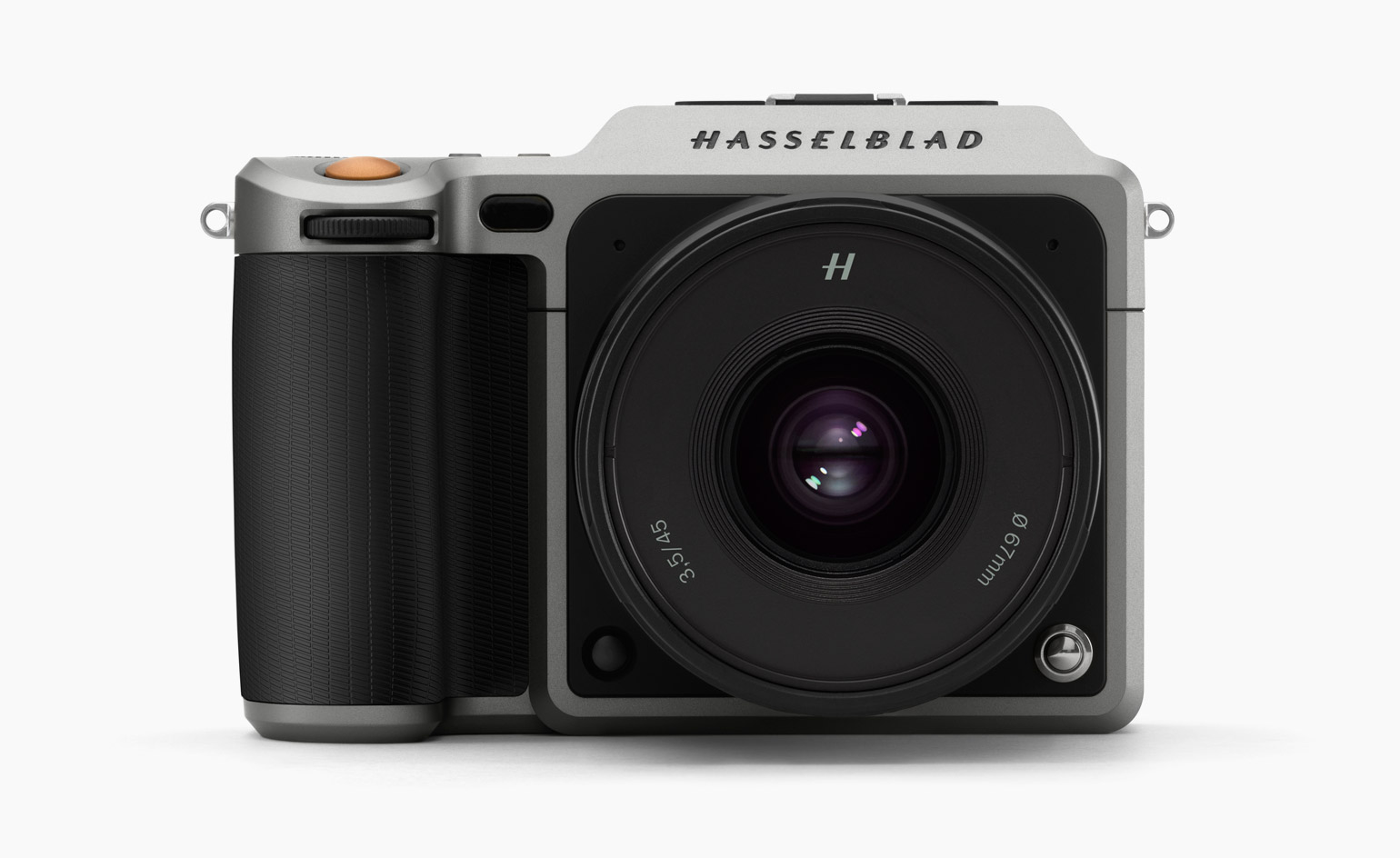Hasselblad’s mirrorless X1D camera brings portability to medium format

There are currently 12 Hasselblad cameras sitting on the moon. The only one to return to Earth following the Apollo 15 mission was auctioned for nearly $1 million two years ago. The Swedish brand may not be a household name in the way Canon or Kodak are, but that's justified, in a way – a typical Hasselblad H System camera costs in the region of £20,000, but its models are the unsung heroes behind some of the most iconic images of our time.
Founded in 1941 by Swedish inventor and avid bird photographer Victor Hasselblad, the company is celebrating its 75th anniversary this year with a raft of launches. Building on the momentum of the revamped H6D range, revealed in April, Hasselblad today unveils a true game-changer in medium format photography: the compact X1D camera.
The X1D offers a smorgasbord of technical feats to tantalise amateur and professional photographers alike (not least the 50-megapixel sensor it boasts). Namely, it is the world’s first mirrorless medium format camera. Portability, too, is key, and the body weighs in at just 725g – feather-like compared to the brand’s existing range. It also has HD video capabilities, Wi-Fi and built-in GPS and an electronic viewfinder equipped with touch functionality and a thoughtfully devised UI that makes the camera as simple to navigate as a smartphone.
Hasselblad has been undergoing a quiet transformation in recent years. After eight years helmed by Hong Kong-based group Shiro, the company returned to European ownership in 2011. The transition wasn’t always smooth, and Hasselblad appeared to undergo something of an identity crisis. Following a brief partnership with Sony that proved wildly unpopular with Hasselblad purists, the X1D finally marks a return to the Swedish roots that Perry Oosting has been championing ever since he was appointed CEO in 2015.
In fact, the X1D takes its design cues from Hasselblad’s much-beloved V System. Although discontinued in 2013, its iconic boxy black frame has been reincarnated in the X1D, which is imbued with just the right dose of retro. It is not, however, ‘nostalgia for nostalgia’s sake’, stressed Oosting when we tested the new camera, adding, ‘It has to be a true Hasselblad proposition.’
This is the first time Hasselblad has created a product specifically aimed at the prosumer market – with a price tag to match, albeit boosted by the premium of the Hasselblad name. Oosting explains, ‘The X1D marks a pivotal point in Hasselblad’s rich 75-year history. This camera makes medium format photography available to a new generation of Hasselblad users, while pushing the existing limits of photography to new heights.’
Hasselblad has created a family of lenses dedicated specifically to the X1D – a 45mm and 90mm are available at launch – while an adapter will make it compatible with all 12 lenses and lens accessories from Hasselblad's professional H System. Tucked into a specially designed Billingham bag, and the X1D becomes the ideal travel companion. ‘It’s all about the imaging experience,’ says Oosting. ‘Hasselblad draws the true creators.’

Compact and highly portable, the X1D’s slim body weighs in at just 725g

The X1D takes design cues from Hasselblad’s much-beloved V System and its iconic boxy black shape

It features an ergonomic grip, offering a handling experience unlike any other

The high resolution rear display is equipped with touch functionality and a cleverly devised UI that makes the camera as simple to navigate as a smartphone

Hasselblad has created a new line of XCD lenses with integral central shutter especially for the camera, with the 45mm (pictured left) and 90mm available at launch
INFORMATION
Hasselblad X1D, £5,990. For more information, visit the Hasselblad website
Receive our daily digest of inspiration, escapism and design stories from around the world direct to your inbox.
-
 Usher opens up about breakfast playlists, banana pudding and why a glass tumbler is always on his rider
Usher opens up about breakfast playlists, banana pudding and why a glass tumbler is always on his riderOn the heels of a collaboration with Baccarat, the Grammy-winning singer-songwriter breaks down his entertaining tips. 'Hosting is an expression of how you feel about your guests and also who you are.'
-
 The beauty trends that will define 2026, from ultra-niche fragrances to anti-ageing dental care
The beauty trends that will define 2026, from ultra-niche fragrances to anti-ageing dental careAs we enter the new year, we speak to experts in fragrance, skincare, aesthetics, wellness and more about the trends that will be shaping the way we look
-
 The most stylish hotel debuts of 2025
The most stylish hotel debuts of 2025A Wallpaper* edit of this year’s defining hotel openings. Design-led stays to shape your next escape